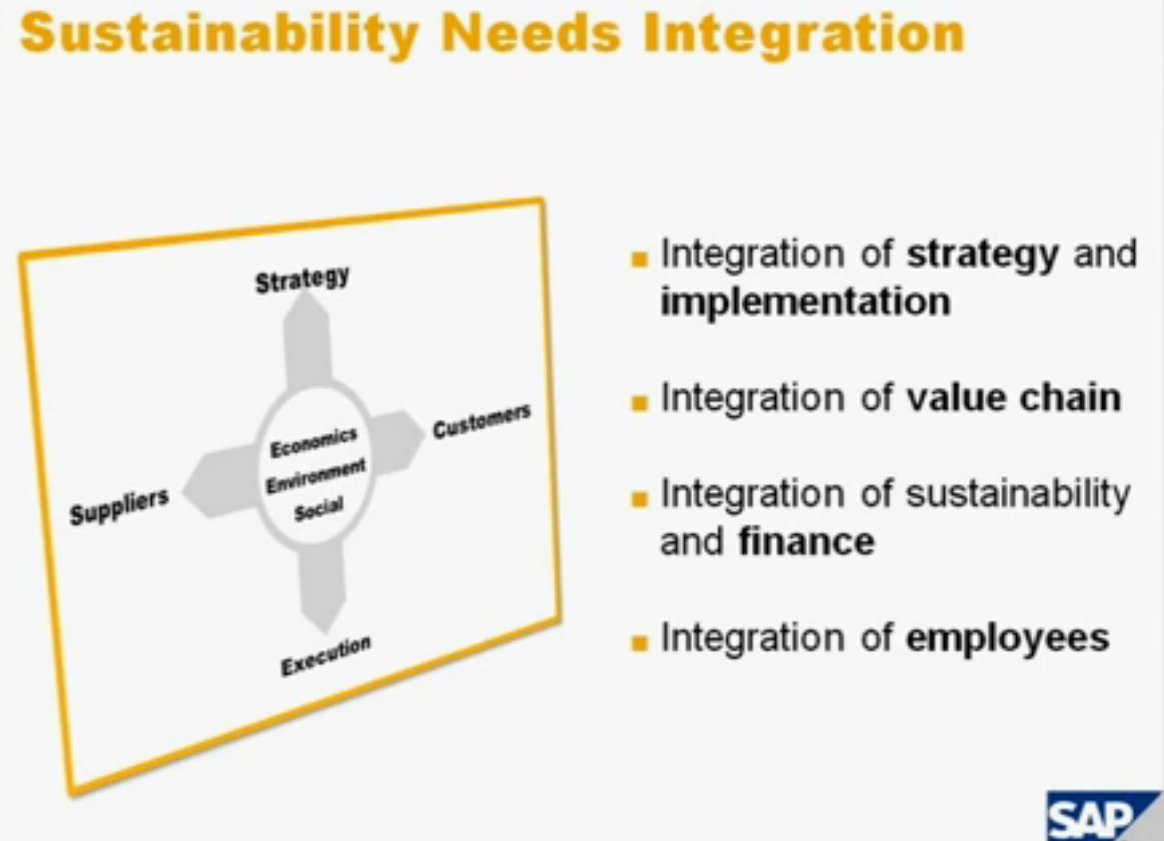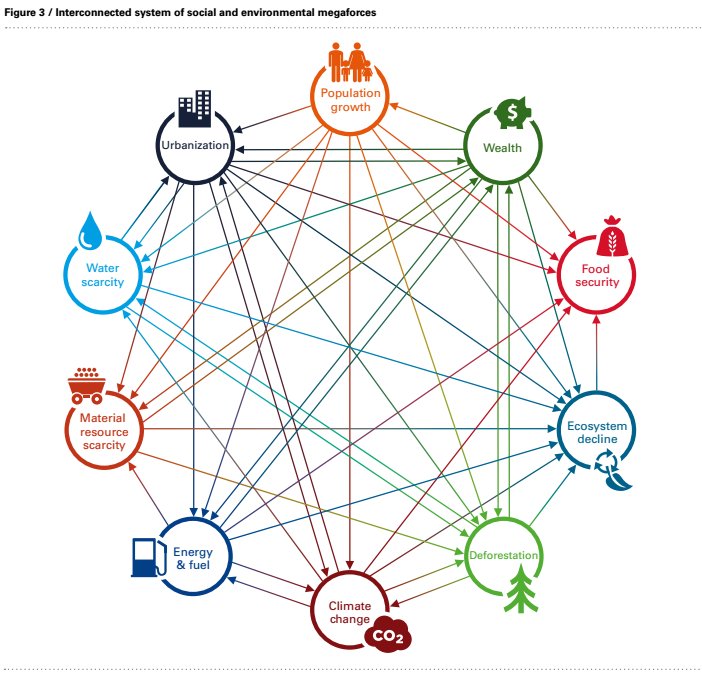SOCIO-ENVIRO-ECONOMIC SYSTEM (SEES)
OTHER WAYS TO SEGMENT CAPITAL
|

365 272
|
This is very similar to the TVIA framework.
There are 3 main segments as in the TVIA framework with the TVIA People segment broken into Human Capital and Social Capital and the TVIA Created Capital segment broken into only 2 pieces, Manufactured Capital and Financial Capital.
The Created Intangible Capital of TVIA is missing in this diagram.
Natural Capital is not broken down into sub-segments as it is in the TVIA framework.
|
|

|
An 8 segment breakdown
1 ... ... Individual
2 ... ... Intellectual
3 ... ... Social
4 ... ... Cultural
5 ... ... Natural Capital
6 ... ... Financial
7 ... ... Built
8 ... ... Political
|
The top TVIA segments are:
People / Human Capital
Natural Capital
Created Capital
... Financial
... Physical
... Intangible
|
So this maps as follows:
People / Human Capital
... ... Individual
... ... Intellectual
... ... Social
... ... Cultural
Natural Capital
... ... Natural Capital
Created Capital
... ... Financial
... ... Built
... ... Political
|
|
|

365 272
|
This is very similar to the TVIA framework.
There are 3 main segments as in the TVIA framework with the TVIA People segment broken into Human Capital and Social Capital and the TVIA Created Capital segment broken into only 2 pieces, Manufactured Capital and Financial Capital.
The Created Intangible Capital of TVIA is missing in this diagram.
Natural Capital is not broken down into sub-segments as it is in the TVIA framework.
|
|

|
There is a growing recognition that performance must embrace not only the profit dimension, but should comprise social, economic and environmental. This SAP image shows this, but it also highlights the continuing concept that the corporate organization is at the center of this universe. TVA frames the system with people and society at the center of the system.
|
|
A New Vision of Value, KPMG 2014
A complex interconnected system
|
|
|

'http://truevaluemetrics.org/DBpdfs/ImpactAccounting/KPMG-A-New-Vision-of-Value-2014.pdf'
|
Open PDF ... KPMG-A-New-Vision-of-Value-2014.pdf
|
|
|
One of the (many) reasons that measuring progress and performance has been slow to implement is that the key issues being described are a mix of elements. Thus:
... Urbanization is a PROCESS
... Population Growth is a CHANGE IN STATE
... Wealth is a STATE
... Food Security is a STATE
... Ecosystem Decline is a PROCESS
... Deforestation is a PROCESS
... Climate Change / CO2 is a CHANGE IN STATE
... Energy and Fuel is a STATE
... Material Resource Scarcity is a STATE
... Water Scarcity is a STATE
But this simplification and organization is not enough to have effective measurement. As the graphic indicates there are all sorts of linkages that interconnect in a variety of complex ways. In TVIA these are accounted for as STREAMS.
In the TVIA approach PROGRESS is the CHANGE in STATE
STATE is something like a BALANCE SHEET in financial accounting, but for everything within the REPORTING ENTITY. STATE is something like CAPITAL but without the baggage associated with the idea of capital and capitalism.
PROCESS is the activity that results in the making of PRODUCTS and also IMPACT on STATE, and therefore CHANGE in STATE. In many cases a series of PROCESSES makes up a STREAM.
In science and engineering there are scientific laws which govern everything, and these rules apply to the PROCESS in a similar way.
In TVIA it is possible to describe the STATE if EVERYTHING using Standard Value Profiles which are based on easily available best estimates of the VALUES embedded in the item. This is a standard practice in the financial statement reporting of a corporate organization, but is not applied in a similar way to all the other REPORTING ENTITIES that are part of the system
|
|
|
|

Figure 4 from this report:
'http://truevaluemetrics.org/DBpdfs/ImpactAccounting/KPMG-A-New-Vision-of-Value-2014.pdf'
|
|
|

